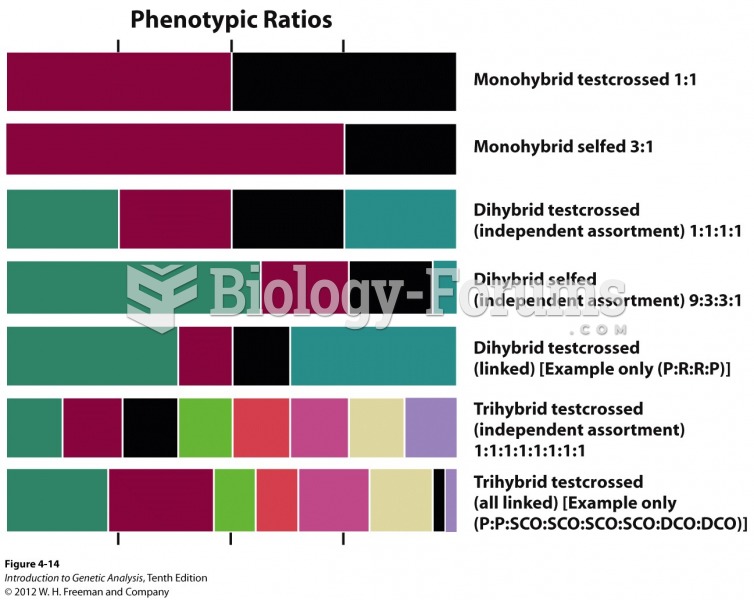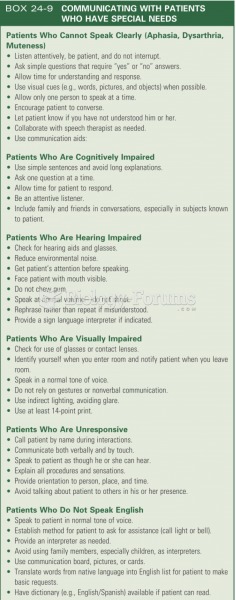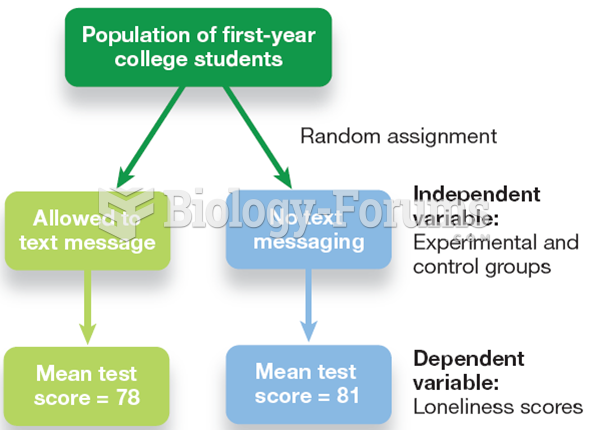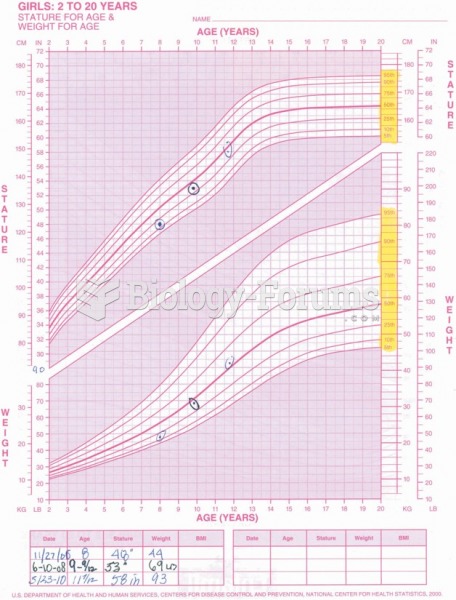Answer to Question 1
3
Rationale 1: The hypothesis tests the relationship between one independent and one dependent variable, so it is simple; but it states pain level will be different between the groups but does not specify the difference, so it is nondirectional.
Rationale 2: The hypothesis tests the relationship between one independent and one dependent variable, so it is simple, not complex; it states pain level will be different between the groups but does not specify the difference, so it is nondirectional.
Rationale 3: The hypothesis tests the relationship between one independent and one dependent variable, so it is simple; it states pain level will be different between the groups but does not specify the difference, so it is nondirectional.
Rationale 4: The hypothesis tests the relationship between one independent and one dependent variable, so it is simple, not complex; it states pain level will be different between the groups but does not specify the difference, so it is nondirectional.
Answer to Question 2
1
Rationale 1: The hypothesis has one independent and two dependent variables, so it is complex; it also states one group will have less nausea and vomiting and anxiety, so it is directional.
Rationale 2: Since this hypothesis has one independent and two dependent variables, it is complex. It is directional.
Rationale 3: This is a complex hypothesis, but because it states that one group will have less nausea and vomiting and anxiety, it is directional.
Rationale 4: Since this hypothesis has one independent and two dependent variables, it is complex and because it states that one group will have less nausea and vomiting and anxiety, it is directional.







